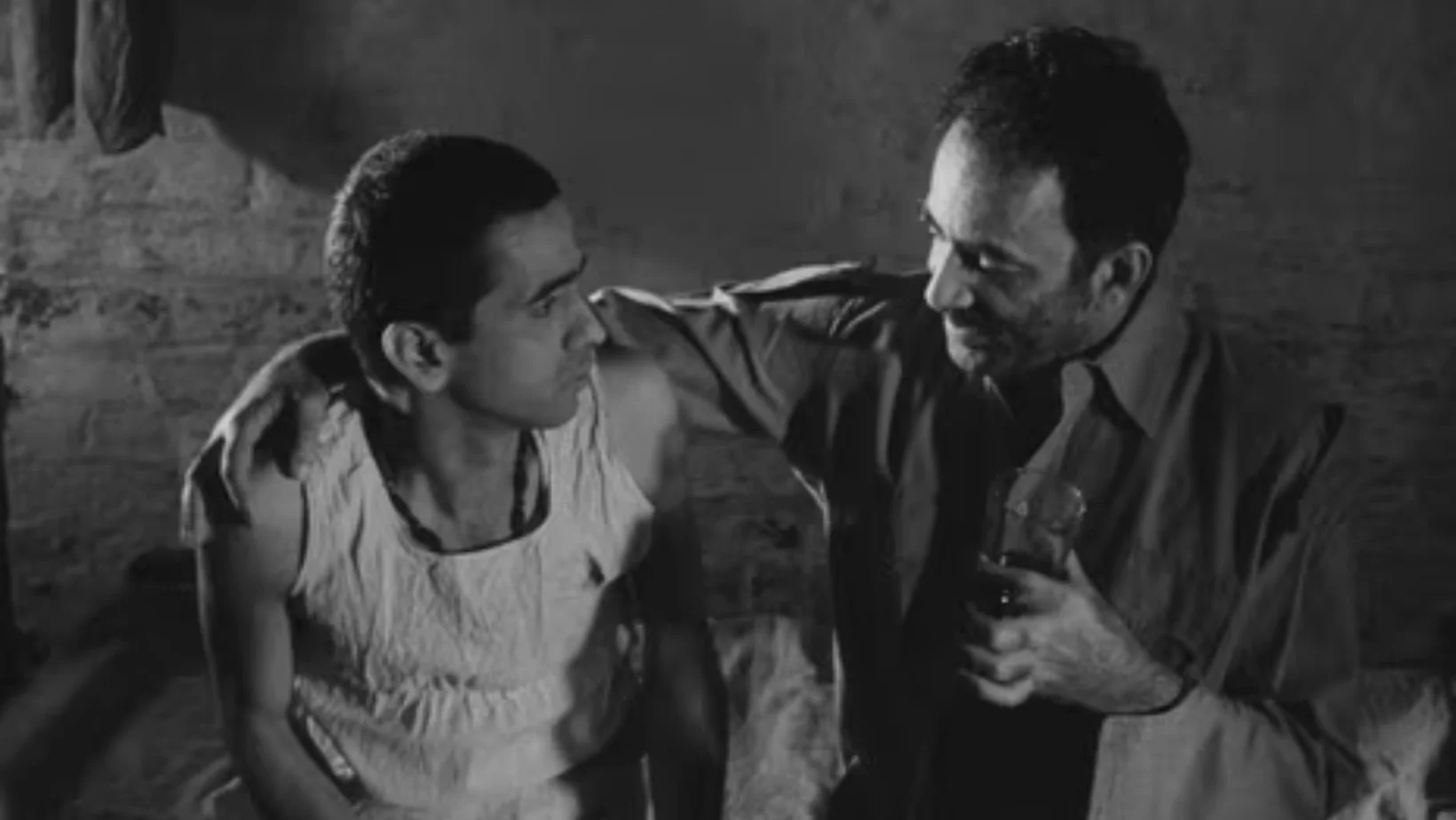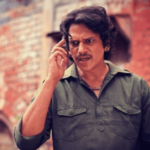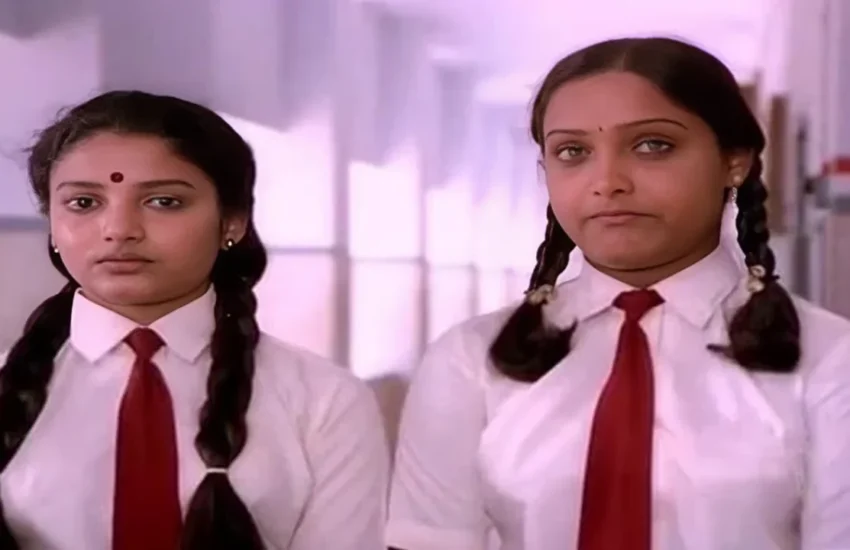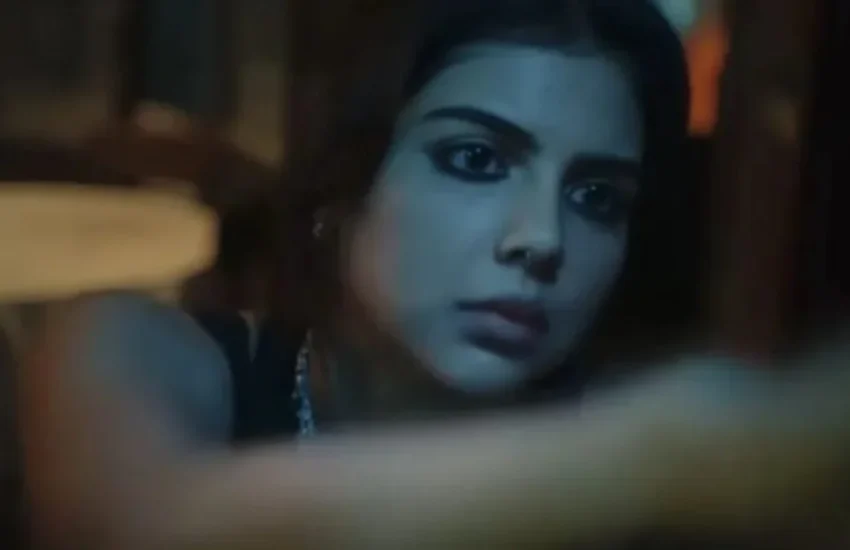Badnam Basti: the dusty, delicious secret that queer Indian cinema kept for half a century
Every few years, a film resurfaces that makes you question everything you thought you knew about Indian cinema. Not the blockbusters or the indie darlings — but the quiet rebels. The ones that arrived too early, said too much, or refused to explain themselves.
One of those films is Badnam Basti.
Also Read: Indian Cinema at Cannes – Story so Far
Long before queer characters found space in mainstream scripts, before Pride Month posts and rainbow capitalism became the norm, there was this one black-and-white film made in 1971 — a year when same-sex desire was not just taboo, it was unthinkable.
And yet, Badnam Basti existed. Bold, poetic, and completely uninterested in fitting into society’s boxes. It premiered. It vanished. For decades, it was forgotten—whispered about in film circles, never fully seen. Until one day, it was found. In Berlin.
What was it doing there? How did it end up in a German film archive? And more importantly, why aren’t more of us talking about it?
Because this isn’t just a story about a lost film. It’s a story about how queer desire has always been part of our culture, our stories, our screen — even when the world refused to see it.
Let’s go back to Badnam Basti — not just as a cinema, but as time capsule, protest, and love letter all in one.
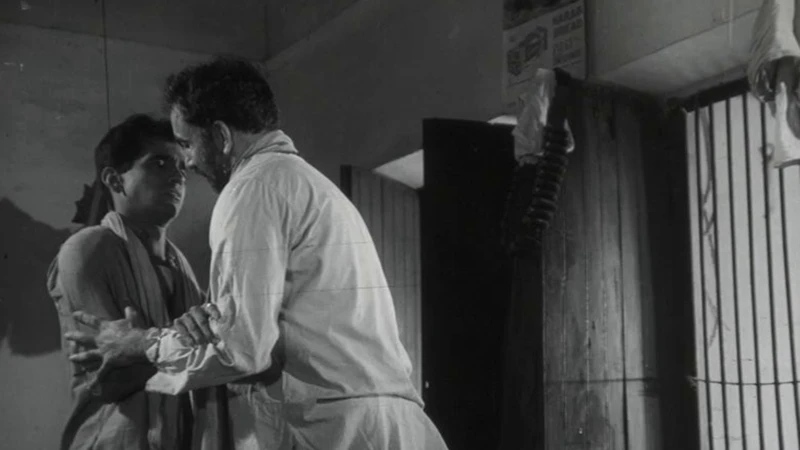
Adapted from Kamleshwar’s 1957 novella A Street with 57 Lanes, the film arrived the same year as Sunday Bloody Sunday and Death in Venice — yet its sensuality was unmistakably desi: folk songs, truck horns, split‑screens, freeze‑frames, and a line that still sizzles 54 years later — “Main tumhari pyaas hoon… I thirst for you.”
Badnam Basti slipped into cinemas with an adults‑only certificate, scandalised the censors, then vanished. Critics called it “a welcome step toward new cinema” even as distributors ran from its taboo‑bending gaze. Prints evaporated; by the ’80s, it was a rumour whispered between archivists.
Then — plot twist worthy of a film magazine cover shoot — a single 35 mm print was stumbled upon in 2019 inside Berlin’s Arsenal Institute for Film & Video Art, filed under “Indian New Wave”. Two curators were hunting for another Kapoor when those seductive stills of Nitin Sethi and Amar Kakkad flickered in their hands. The reel was digitised, restored, and by the pandemic’s lonely summer we were streaming India’s first queer film on laptops across the globe.
Watching it in 2025 is a revelation. Long before Article 377 was struck down, before Bollywood discovered multicolored pride montages, Badnam Basti served queerness the way couture serves rebellion — cut on the bias, draped just so, with seams that dare you to look closer. It’s messy, melancholic, unapologetically sexy, and utterly modern in its refusal to moralise. No tragic violins, no comic relief — just yearning that shimmers like sweat on a summer night.
Why Badnam Basti Still Matters
Today, queer stories are finally finding their place on Indian screens — from the gentle romance of Cobalt Blue to the bittersweet mainstream attempts like Shubh Mangal Zyada Saavdhan. Streaming platforms have opened new doors, young creators are claiming space, and characters once reduced to stereotypes are now beginning to live, breathe, and take centre stage.
But the road to this moment wasn’t paved overnight. It was built quietly, piece by piece, by films like Badnam Basti that dared to exist in silence.
What makes Badnam Basti so striking today isn’t just its queerness — it’s the fact that it didn’t try to justify it. It didn’t ‘explain’ desire. It didn’t plead for acceptance. It simply presented a story, full of yearning, contradiction, and emotion — the kind of story we’re still fighting to tell with honesty.
In rediscovering Badnam Basti, we’re reminded that queer love has always existed in our stories — sometimes hidden, sometimes erased, but always there. And as Indian cinema slowly embraces this truth, it owes a quiet nod to that dusty little town, to those unsaid feelings, and to a black-and-white film that was never really lost, just waiting to be seen with new eyes.
Here’s to stories that were ahead of their time — and to a future where they don’t have to be.

I can’t stop talking about films, so I blog!
I started The FourthWall, my film blog, to share my thoughts on films and shows with fellow movie buffs, and over the years it has become my happy place. Come join in for some interesting conversations on cinema… and sometimes books and fashion!

